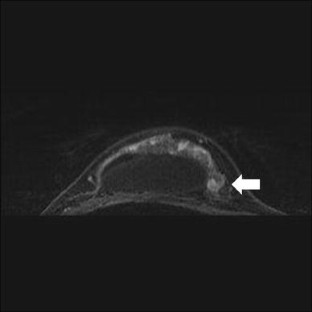

He/she isn’t overly concerned about whether they excised the “entire mass” or if they left a small part of the mass behind. So how do you distinguish between the two codes and know which CPT to pick?įor CPT 19120, the physician is excising the breast mass alone. As you can see, on the surface, both codes include excision of part of the breast. We also see the term “partial” following the word mastectomy clarifying that, while different terms may be used to describe the procedure represented by CPT 19301, including lumpectomy, quadrantectomy, etc., all of these procedure include removal of “part” of the breast rather than removal of the entire breast. The term “mastectomy” that we see in CPT 19301 also means “to remove” and specifically “to remove breast tissue” (mast- or masto- means “breast” and -ectomy means “to excise”). As we move forward with the rest of the article, we will refer to all of these abnormalities as a “mass” to keep things simple, but there are some differences in what these terms mean clinically so you can check out the definition of each by hovering over the terms in the previous sentence if you like.

#Breast ectomy with sentinel node biopsy code
The term “excision” that we see in the description for CPT 19120 means “to remove.” The excision described in this code is removal of some of the breast tissue due to an area of disease such as a mass/lesion, cyst, tumor, or benign or malignant neoplasm. Neither were differences in survival between groups.For coders working with surgeons who specialize in surgical oncology, a common coding scenario you may need to decipher is whether to code excision of a breast mass (CPT 19120) or a partial mastectomy (CPT 19301).īefore we compare some examples and determine which code would be appropriate, let’s start by looking at the description of these two codes to compare them and understand why coders sometimes struggle to choose between these codes:ĬPT 19120: Excision of cyst, fibroadenoma, or other benign or malignant tumor, aberrant breast tissue, duct lesion, nipple or areolar lesion (except 19300), open, male or female, 1 or more lesionsĬPT 19301: Mastectomy, partial (eg, lumpectomy, tylectomy, quadrantectomy, segmentectomy) Cox regression analysis for disease recurrence did not show significant differences in axillary, lymph-node, or locoregional recurrence rates or distant relapse. Patients were closely followed-up to the end of the study.Ĭlinico-pathological variables were strikingly different between study groups, with the liberal group showing a higher risk profile. Cases were divided into two study groups: the “strict” SNB group (unifocal tumors up to 35 mm in whom ALND was always performed for a positive SN, amounting to 1183 SNBs), and the “liberal” SNB group (extended tumor size up to selected T3 cases, as well as multifocal or bilateral disease, and patients with previous contralateral BC, not always followed by ALND after a positive SN, amounting to 451 SNBs).

There were 1,587 patients and 1,634 SNB procedures. We studied consecutive BC patients undergoing SNB between January 1, 2000, and March 31, 2020. We aimed to ascertain whether a strict versus a more liberal use of SNB resulted in different clinical outcomes in our clinical experience. As applied to early Breast Cancer (BC) patients, Sentinel-node Biopsy (SNB) has undergone major changes over the years, especially concerning the widening of indication criteria or skipping systematic axillary lymph node dissection (ALND) after a positive SN.


 0 kommentar(er)
0 kommentar(er)
